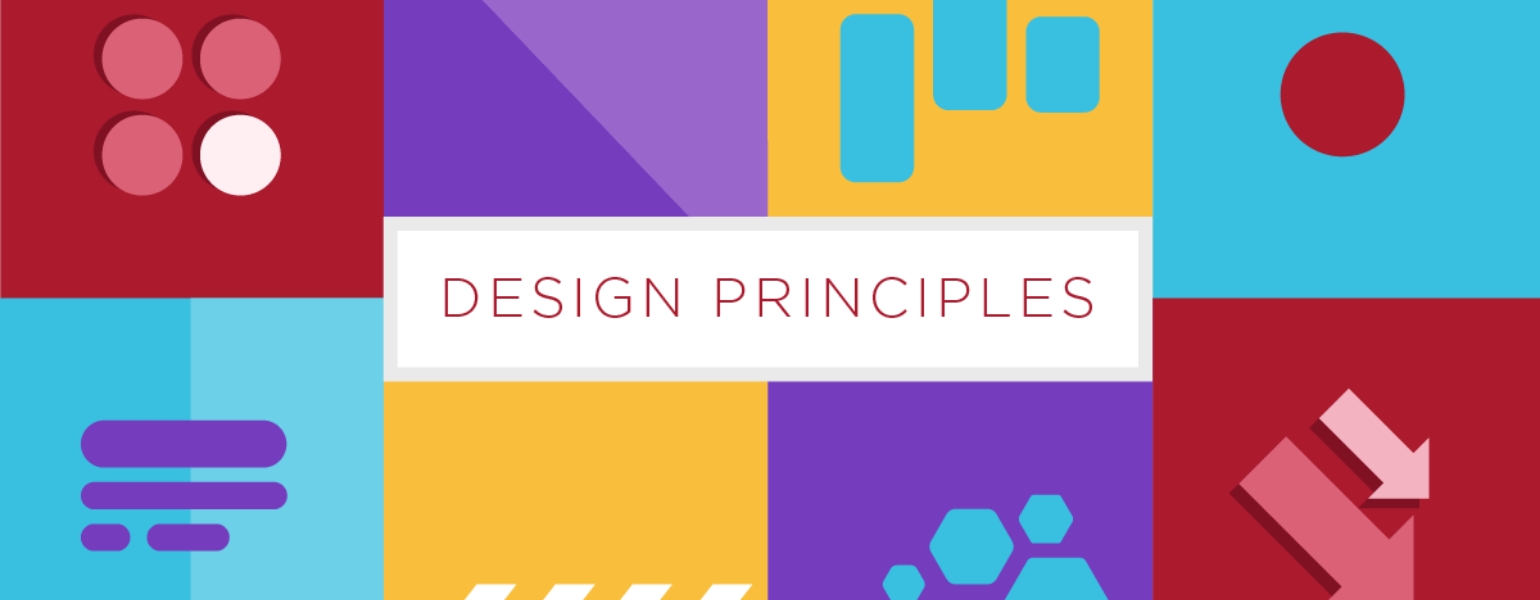Why it is important to know Material Design guidelines
“Thinking outside the box” sounds like giving total freedom for creativity to spark. It sounds like there are no limits, borders, or rules to follow. It is very appealing to think of creative people that way, especially looking at the paintings of famous artists. From first sight it looks like there are no rules, those art pieces just happened in the peak of the artist’s creativity.
However, it is such a big misconception of how creativity works. In design as in many other fields, there are several certain rules to know and follow. The reason for those rules is the human mind. Our brain is created and developed in such a way that we find it hard to accept and analyze unorganized data. For us, as human beings, it makes a lot better sense when the data we accept is organized in a clear and obvious way.
To make my point clear, consider yourself driving on a road that is organized and controlled by the traffic lights. The experience seems normal, nothing that bothers you right. Now, imagine yourself driving in a messy street that has no traffic lights, packed up with cars, and with a huge traffic jam where inpatient drivers are pushing the horns constantly. You cannot think straight in this situation and the decisions you make or things you do would look weird. The reason is that our brain cannot analyze the data coming from an unorganized source.

You might ask why I am talking about the human brain. The reason is simple, Design is also full of rules and guidelines that help us designers provide our work in a logical, organized, and most importantly understandable way to our users. Aside from the basic design principles, we have design systems that help us designers organize our work so that it makes our job easy. Without design systems, our files would be a mess and we would be wasting our time redesigning the same things repeatedly.
Over the years, I have experienced the need for design systems with different projects. Initially, it was all about icons, but later I noticed that pretty much every single piece of the UI I’m working on can in the design system. Bit by bit I started implementing design systems in my projects. My first and the deepest learned design system was Material design guidelines.
In 2014 Google introduced a new concept, Material design. The previous version of Android looked bad compared to the iOS design. But with the new approach, Google showed how a good design system looks and works. The more I learned it, the more I fell in love with it. Besides the amazing design system, Google also provided very detailed guidelines on how to use it. I discovered that Material design guidelines are the best in the market to learn. I encourage young designers to start with it.

As of today, 72.2% (data from techrepublic.com) of all mobile devices in the world use Android. It means that 2/3 of all device OS in the world is designed based on Material Design. This is a very strong argument for a UI/UX designer to consider. Because most of the application design projects will be based on Material Design.
For a young designer who just stepped into the design field, the material design guidelines are the perfect start with all those details of how to design every single possible element of the UI. This is another very strong argument because no other popular design systems by Apple, Microsoft, Salesforce, Uber, Atlassian and etc. are not as detailed as the Material Design guidelines.
None of the competitors’ design system guidelines is as good as Material design guidelines. For example, Apple’s human interaction design guidelines lack details, and sometimes it is hard to understand what they are talking about. It took a while for me to get used to and understand iOS design guidelines. Besides, I had to spend tons of time and lots of effort to learn the guidelines from the UI kits they provide.
Windows Fluent design system is another competitor for Material design. The long-lost phone manufacturer Nokia wanted to catch up with rivals Apple and Samsung, so they started a partnership with Windows wanted to get a piece of the yummy phone market. However, their effort did not bring the results they expected, and, in the end, we said goodbye to Windows Phones. I was happy about it by the way because trying to learn two design systems was hard enough when another gamer joined the race. So long story short, Windows Phone is off the table, and Nokia after realizing their second mistake in the last 10 years, started using Android like any other phone manufacturer in the market. Now, we don’t have to think about Windows phones, but I strongly encourage designers to learn Windows’ Fluent design guidelines. Especially the ones who design software for windows, you guys know how it is important to know Fluent design principles.
One more argument is the foldable devices that could be a very problematic headache for designers. Phone manufacturers such as Samsung, Xiaomi, Huawei, and LG fighting each other in the market of foldable devices. I guess this trend will continue for a while in the future so we, designers should be flexible enough and learn the new techniques to provide a better user experience in our designs. To help us there, Google updated the Material design with Material You. They took the trend seriously and provided us with guidelines on how to design android apps for foldable devices. I have not seen anything like that from Apple as the company is not even in the race of foldable devices. All other companies simply use Material design, well except for Huawei. According to some rumors, because of the limits by Google towards Huawei, they decided to develop their own OS which means that soon we will face another design system that is developed especially for Huawei devices.

To sum up, if you want to design mobile applications you will have to learn Material design guidelines. These are the main reasons you should do that:
72.2% of the phone market uses Android
Material design guidelines are the most detailed ones in the market.
I can for sure say that it is a lot easier than Apple Human Interface guidelines
You get to learn about how to design foldable devices with Material You update.
I did not mention it in the article, but the Material design is universal and can be used for any device. You can design websites, tablets, watch, mobile apps and etc.
Once you learn Material Design, any other design systems you open after look very easy.
You will have a huge fundamental knowledge of how to create your own design systems.